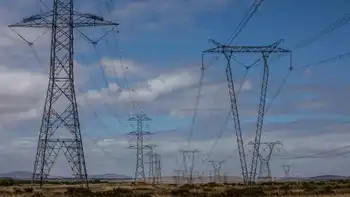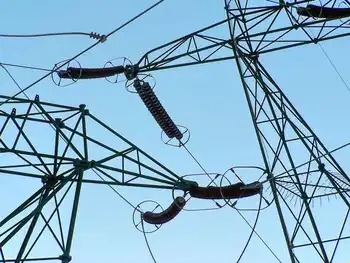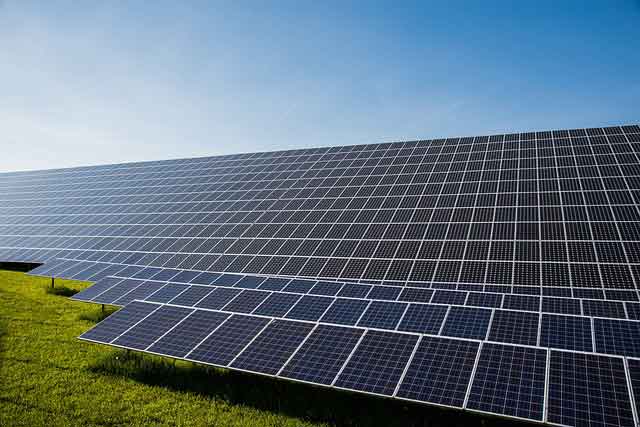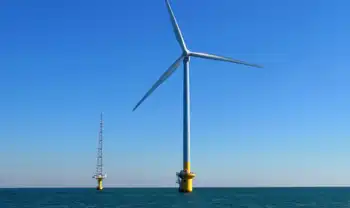Revenue from Energy Storage for Microgrids to Total More Than $22 Billion in the Next Decade

Substation Relay Protection Training
Our customized live online or in‑person group training can be delivered to your staff at your location.

- Live Online
- 12 hours Instructor-led
- Group Training Available
Energy Storage for Microgrids enables renewables integration via ESS, boosting resilience and reliability while supporting solar PV and wind, innovative financing, and business models, with strong growth forecast across Asia-Pacific and North America.
Key Points
Systems that store energy in microgrids to integrate renewables, boost resilience, and optimize distributed power.
✅ Integrates solar PV and wind with stable, dispatchable output
✅ Reduces costs via new financing and service business models
✅ Expands reliable power for remote, grid-constrained regions
A new report from Navigant Research examines the global market for energy storage for microgrids (ESMG), providing an analysis of trends and market dynamics in the context of the evolving digital grid landscape, with forecasts for capacity and revenue that extend through 2026.
Interest in energy storage-enabled microgrids is growing alongside an increase in solar PV and wind deployments. Although not required for microgrids to operate, energy storage systems (ESSs) have emerged as an increasingly valuable component of distributed energy networks, including virtual power plants that coordinate distributed assets, because of their ability to effectively integrate renewable generation.
“There are several key drivers resulting in the growth of energy storage-enabled microgrids globally, including the desire to improve the resilience of power supply both for individual customers and the entire grid, the need to expand reliable electricity service to new areas, rising electricity prices, and innovations in business models and financing,” says Alex Eller, research analyst with Navigant Research. “Innovations in business models and financing will likely play a key role in the expansion of the ESMG market during the coming years.”
One example of microgrid deployment for resilience is the SDG&E microgrid in Ramona built to help communities prepare for peak wildfire season.
According to the report, the most successful companies in this industry will be those that can unlock the potential of new business models to reduce the risk and upfront costs to customers. This is particularly true in Asia Pacific and North America, which are projected to be the largest regional markets for new ESMG capacity by far, a trend underscored by California's push for grid-scale batteries to stabilize the grid.
The report, “Market Data: Energy Storage for Microgrids,” outlines the key market drivers and barriers within the global ESMG market. The study provides an analysis of specific trends, including evolving grid edge trends, and market dynamics for each major world region to illustrate how different markets are taking shape. Global ESMG forecasts for capacity and revenue, segmented by region, technology, and market segment, extend through 2026. The report also briefly examines the major technology issues related to ESSs for microgrids.
Google made energy storage news recently when its parent company Alphabet announced it is hoping to revolutionize renewable energy storage using vats of salt and antifreeze. Alphabet’s secretive research lab, simply named “X,” is developing a system for storing renewable energy that would otherwise be wasted. The project, named “Malta,” is hoping its energy storage systems “has the potential to last longer than lithium-ion batteries and compete on price with new hydroelectric plants and other existing clean energy storage methods, according to X executives and researchers,” reports Bloomberg.











